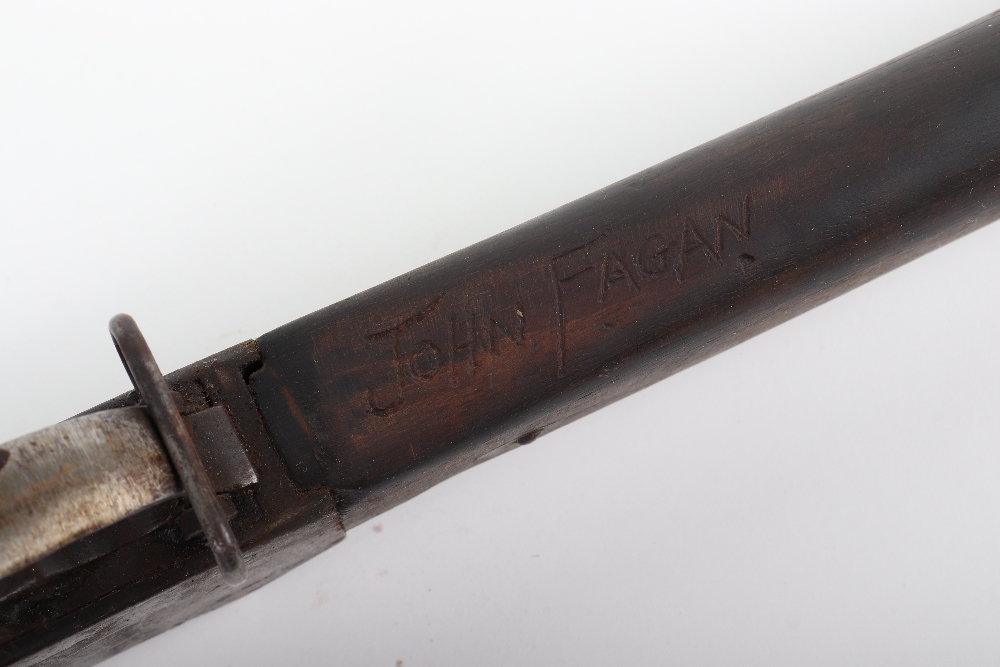

Browning and Winchester high and low walls While the boom days of falling block actions are long past, there are some amazing rifles - defined in terms of both beauty and accuracy - produced not only in custom shops like Dakota Arms, but also on the mass market from Browning/Winchester and Ruger. If you are a fan of the Sharps, 1890 Stevens, or even the ‘ol Winchester 1885, then falling blocks have a place in your heart. If the names Farquharson, Ballard and Borchardt are in your vocabulary, then you must already be an aficionado of these fine pieces. Though falling flock action military rifles were all the rage in the 19th century, they were easily supplanted by magazine fed bolt actions offering quick follow-up shots. While bolt action rifles have the hearts of the majority of avid hunters and distance shooters, falling block single shots were winning blue ribbons at 1,000-yard ranges in the late 19th century. Rolling blocks actions - brought to popularity by Remington - are similar but not quite as strong, with a pin or pins acting as pivots on an axis and the external hammer essentially locking the breech at the moment of firing. Subtle differences defined the Martini-Henrys and Peabody actions. Several other actions are similar to, though not identical to the falling block. Practiced shooters can reload with ease, but certainly, the falling block has fallen out of popular favor due to its single shot limitations. Given the compact action, these rifles can accommodate up to 4-inches more barrel length without sacrificing overall length as compared to bolts, while gifting increased velocities. They are often accurate and always ambidextrous. Very simply put, falling block actions are most well suited to today’s powerful cartridges. When the action is closed and the chamber is locked and sealed, the whole receiver mechanism essentially becomes a solid block of steel - no bolt, no lugs, and incredibly simple mechanics.

In the majority of today’s fine rifles, the hammer is automatically cocked as the block is closed.įalling block actions are generally regarded as being stronger than bolt-action rifles and smoother.

After a single round is loaded, the lever is lifted up and the action locks back into place, tighter than a safe. The heavy breechblock then drops vertically down along machined grooves, thereby presenting the opened chamber. The action is opened by pivoting forward the lever underneath the action body, often as a dual-purpose trigger guard. The premise of a falling block action is so simple - it’s beautiful. Falling block rifles remain attractive guns for the nostalgic among us - those who seek the wildness of the old west and who value the power of one keenly placed bullet. The western “ Quigley Down Under” bred a generation of Sharps lovers who quickly learned of the gun’s superior accuracy and staunch reliability. However, the falling block action is far from dead in fact, the classic action is rising again from the ashes of the old west. Falling block action rifles rose to fame in the 1880s and fell from glory when times dictated the speed of repeaters.


 0 kommentar(er)
0 kommentar(er)
